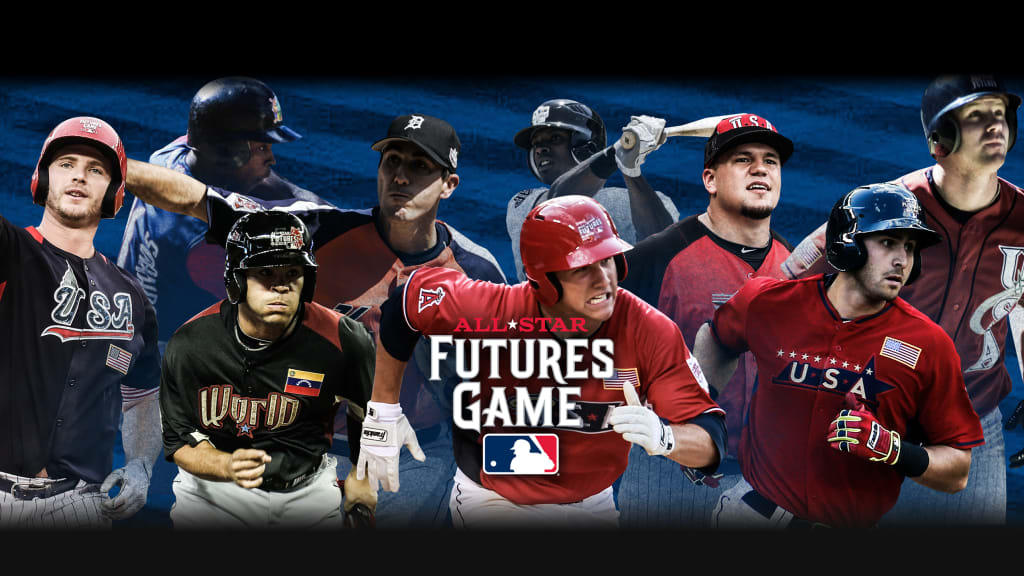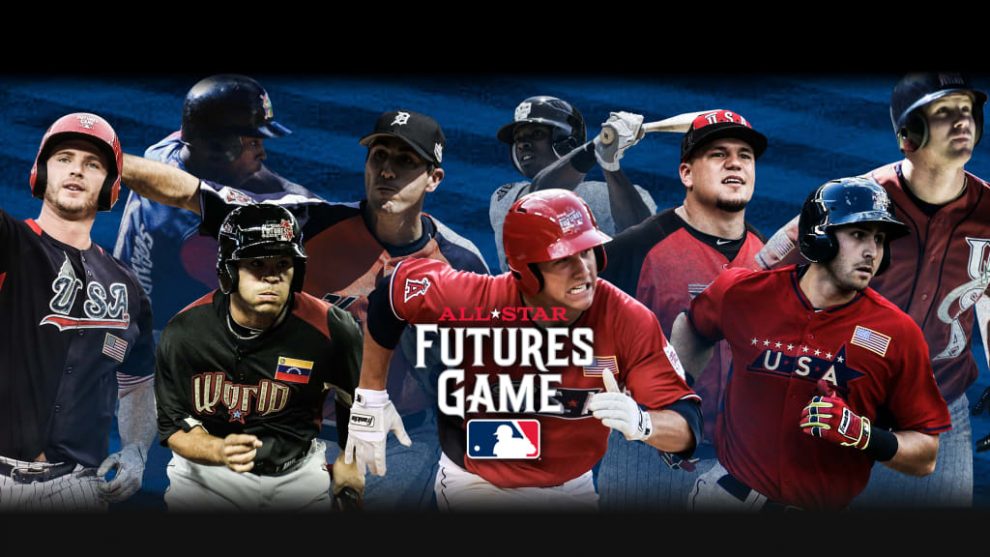
Introduction
Major League Baseball (MLB) is deeply ingrained in American culture, capturing the hearts of fans for over a century. Since its inception in 1903, the MLB has undergone significant evolution, adapting to changing times, embracing technological advancements, and shaping the way the game is played and experienced. In this article, we will explore the journey of MLB, tracing its origins, rule changes, technological innovations, and the impact of notable figures. Through the lens of pure American English, real-life examples, and insights from influential individuals, we will delve into the fascinating evolution of MLB.
I. The Early Years: Founding and Expansion of MLB
- The Formation of Major League Baseball
Major League Baseball traces its roots back to 1876 with the establishment of the National League (NL), which initially consisted of eight teams. Over time, the league expanded, and in 1901, the American League (AL) was formed, becoming a rival league to the NL. The two leagues eventually merged in 1903, creating Major League Baseball as we know it today.
Baseball legend Babe Ruth reflected on the early years of MLB, stating, “The formation of Major League Baseball brought together the best talent, creating a platform for competition and showcasing the sport’s finest players.”
- Expanding the Game: Relocation and Integration
As MLB grew in popularity, the league expanded geographically and underwent significant social changes. Teams relocated to new cities, reaching a broader fan base, and the game became more inclusive with the integration of African American players in 1947 when Jackie Robinson broke the color barrier.
Hall of Fame player and civil rights advocate Hank Aaron emphasized the significance of integration, stating, “The integration of MLB opened doors for players of all races, showcasing the sport’s ability to bring people together and transcend societal barriers.”
II. Rule Changes: Shaping the Modern Game
- The Evolution of Playing Rules
Over the years, MLB has implemented rule changes to adapt to the changing dynamics of the game. From the introduction of the designated hitter (DH) in the AL in 1973 to the expansion of instant replay in recent years, these rule changes have had a profound impact on the strategy, fairness, and pace of the game.
Former MLB Commissioner Bud Selig discussed the importance of rule changes, stating, “MLB’s commitment to evolving its rules has allowed the game to remain vibrant and relevant. Each change is aimed at enhancing the fan experience and keeping the game exciting.”
- Advancements in Technology: From Scouting to Analytics
Technological advancements have revolutionized player evaluation, training methods, and in-game decision-making in MLB. From the advent of radar guns to track pitch velocity to the widespread use of video analysis and advanced analytics, technology has transformed the way the game is understood and played.
MLB executive and analytics pioneer Bill James highlighted the impact of technology, saying, “The use of data and advanced analytics has opened new frontiers in player evaluation and strategic decision-making. It has changed the way we understand the game and identify areas for improvement.”
III. Fan Experience and Global Reach
- The Rise of Ballpark Entertainment
MLB has constantly sought to enhance the fan experience, turning ballparks into lively entertainment destinations. From interactive fan zones to in-game promotions and state-of-the-art stadiums, MLB has focused on creating an immersive and enjoyable atmosphere for fans.
MLB Commissioner Rob Manfred acknowledged the importance of the fan experience, stating, “MLB is committed to providing fans with an unforgettable experience at the ballpark. The game is not just about what happens on the field but also the memories created off it.”
- Expanding the MLB Brand Globally
MLB has expanded its global reach, showcasing the sport to international audiences and developing a passionate fan base beyond American borders. Through initiatives like the World Baseball Classic and regular-season games played in international locations, MLB has established itself as a truly global sports organization.
Hall of Fame pitcher Mariano Rivera emphasized the global appeal of MLB, stating, “Baseball transcends cultures and languages. It is a sport that connects people from different parts of the world, sharing a common love for the game.”
Conclusion
From its humble beginnings to its status as America’s pastime, the evolution of MLB has been marked by growth, adaptation, and innovation. The league’s expansion, rule changes, technological advancements, and commitment to fan experience have shaped the modern game of baseball. As MLB continues to embrace new technologies, engage fans, and expand its global footprint, the legacy of this beloved sport will live on, captivating audiences for generations to come.











